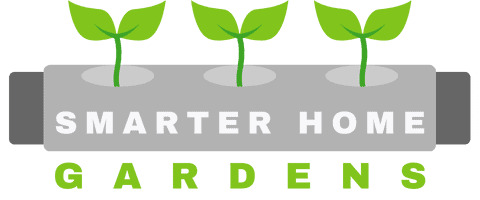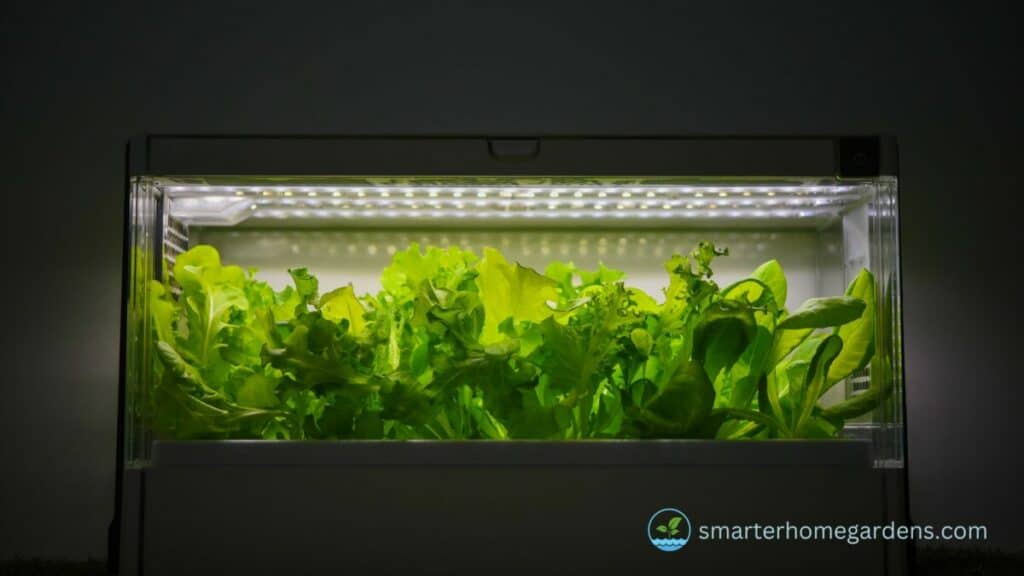
One of the great things about hydroponics is that it has given me the freedom to grow plants just about anywhere all year round. I have an aeroponic owner garden growing tomatoes and leafy greens in the living room, a vertical container garden outside in my small urban garden, and a Click & Grow Smart Garden in the kitchen that keeps me well-stocked with delicious herbs.
But, they all have one thing in common: Access to natural light. So, I was curious. If you can really grow plants anywhere in hydroponics, does that mean you could grow them in a windowless room too?
As a general rule, hydroponic growing gives you the freedom to grow plants anywhere, including in a windowless room with no access to natural light. However, plants still require artificial light to ensure they get the energy they need for photosynthesis.
While it is possible to grow plants hydroponically in windowless rooms (I’ve got a great basement that would be just perfect) there are several factors that should be considered to optimise your chances of a successful harvest. In this article, we’ll explore these considerations and everything you need to get set up.
Why do plants need light?
All plants need light to support a process called photosynthesis. Photosynthesis is the process by which a plant converts light into the elements it needs to survive like oxygen, water and carbohydrates (energy). Without light, plants cannot photosynthesize and will not survive.
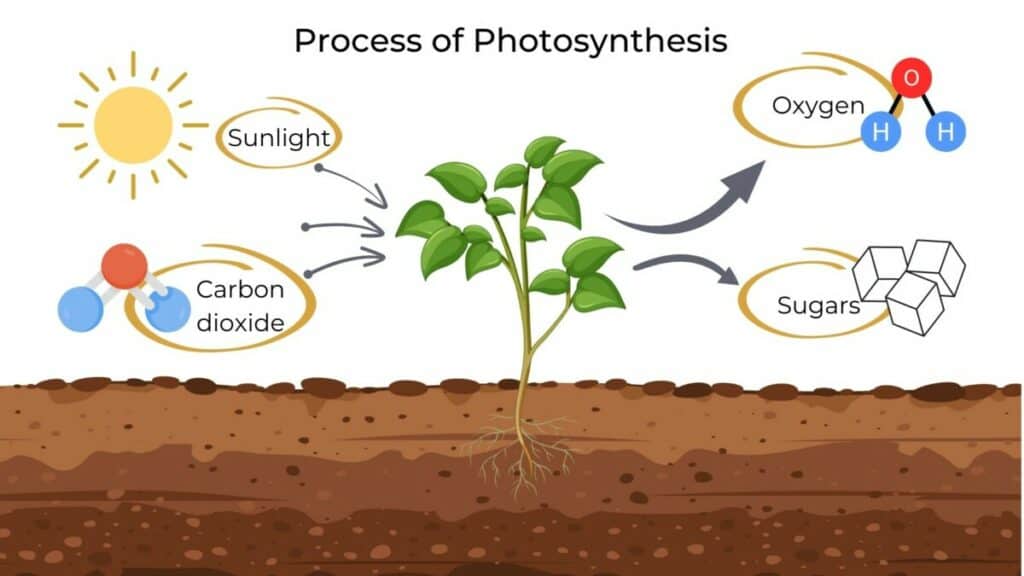
How can you grow hydroponic plants in a room without windows? The basics.
It is entirely possible to grow plants using hydroponics in a room without windows. There are plenty of commercial hydroponic farms that have no access to natural light. In fact, there is a commercial vertical farm in London that is located within a disused underground station literally called ‘Growing Underground‘.
However, plants still need access to plenty of light, even if it isn’t natural. So what exactly do you need to consider when setting up a hydroponic system in a room without any windows?
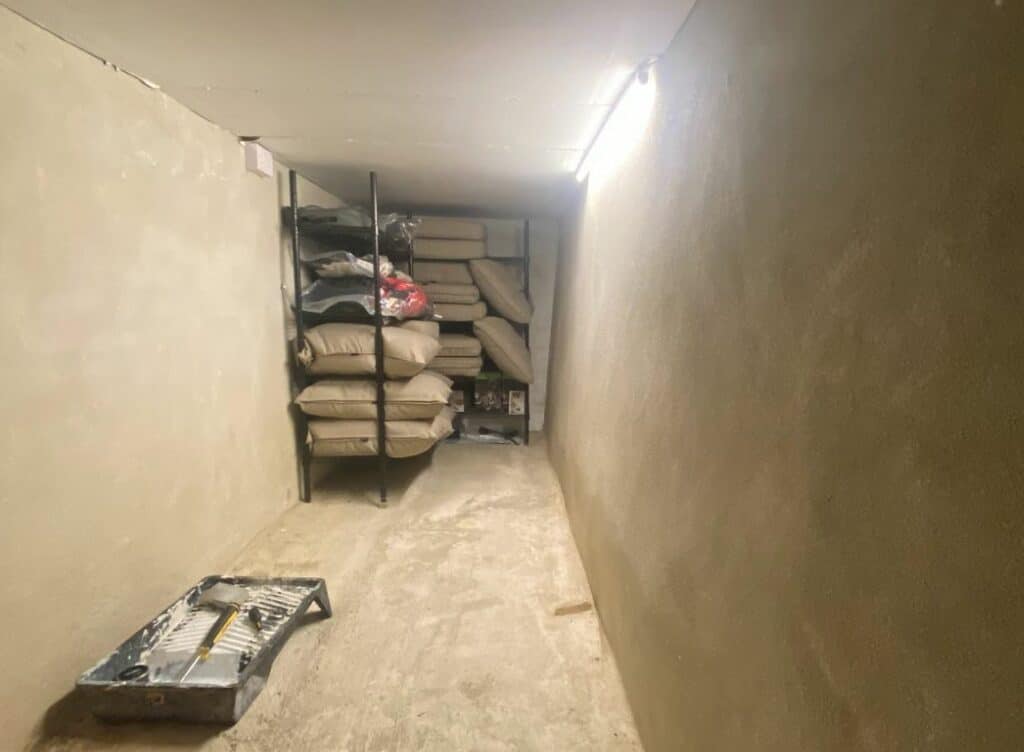
1. Ensure plants have access to plenty of artificial light
Even in a windowless room plants will still need access to some form of light if they’re to photosynthesize and grow. Thankfully, you do not need natural light from the sun to achieve this effect. In fact, plants grow very well under artificial light. But choosing the right type of light is important.
What are the best artificial grow lights for hydroponics?
The best artificial light sources for hydroponics are those that have a high light intensity while simultaneously maintaining high energy efficiency. For this reason, the two most popular forms of artificial light for hydroponic growing are fluorescent tubes or LEDs. Domestic light bulbs are not suitable for hydroponics as they are both inefficient and lack the light intensity plants need to grow effectively.
| LEDs | Fluorescent Tubes |
|---|---|
| LED lights are arguably the most popular and beneficial form of arteficial light for growing plants hydroponically. This is because they provide the best combination of flexibility, light intensity and energy efficiency. They are also cheaper to purchase than fluorescent lights and tend to last much longer too. They are also much harder to damage than fluorescent lighting. | Fluorescent tubes come in a variety of sizes (mainly T5, T8 and T12). T12s are commonly found in office buildings. The best size for hydroponics is arguably the T5 or T8 which offer a good combination of size and light intensity. It’s also important to choose the right colour temperature (measured in Kelvin). Between 5600-6400 Kelvin works well for hydroponics. |
How long should you leave the lights on for hydroponic plants?
As a general rule, plants require 14-16 hours of light and 10-12 hours of darkness for optimal growth. Outdoors, plants receive natural light from the sun during the day and are bathed in darkness at night. Just like humans, plants benefit from darkness so that they can rest and metabolise. Both parts of the day/night cycle are therefore equally as important. Artificially mimicking the longer summer days and shorter nights cycle is a good way to ensure healthy plant growth.
2. Ensure plants are properly ventilated
The movement of air around plants is important and something that is often overlooked when growing plants hydroponically indoors. This presents a particular challenge if your hydroponic system is located in a room without access to fresh air from a window or vent.
In my experience, while it is possible to forego proper ventilation and still grow plants successfully, it’s not optimal and may affect plant growth and health negatively.
The complexity of the ventilation system needed will depend on the size of your hydroponic system and grow room, as well as your budget. For a basic setup the following options should work well:
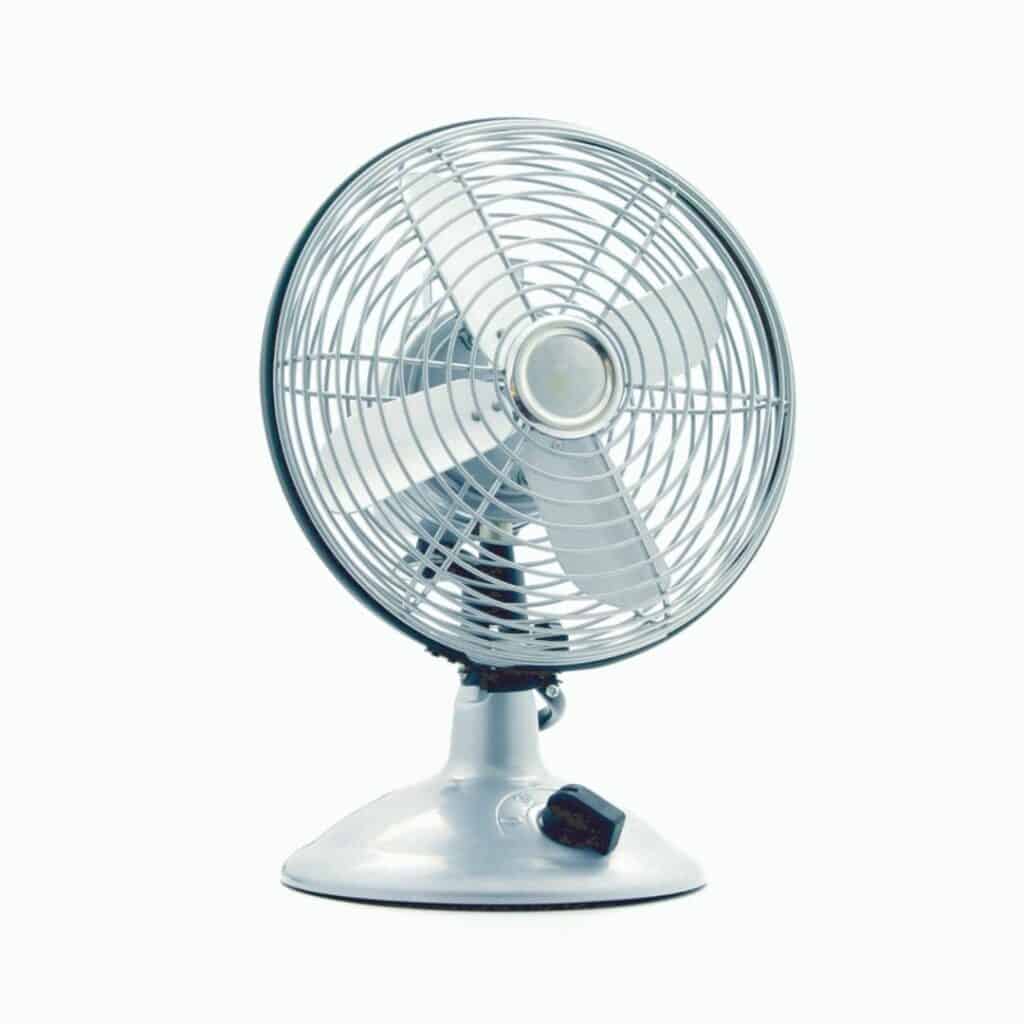
Oscillating Fans: Any old pedestal fan will work well enough to ensure a nice, gentle breeze is maintained over your plants as they grow. They are not complicated and do not cost a lot of money to buy. Consider multiple fans to ensure airflow over all plants.
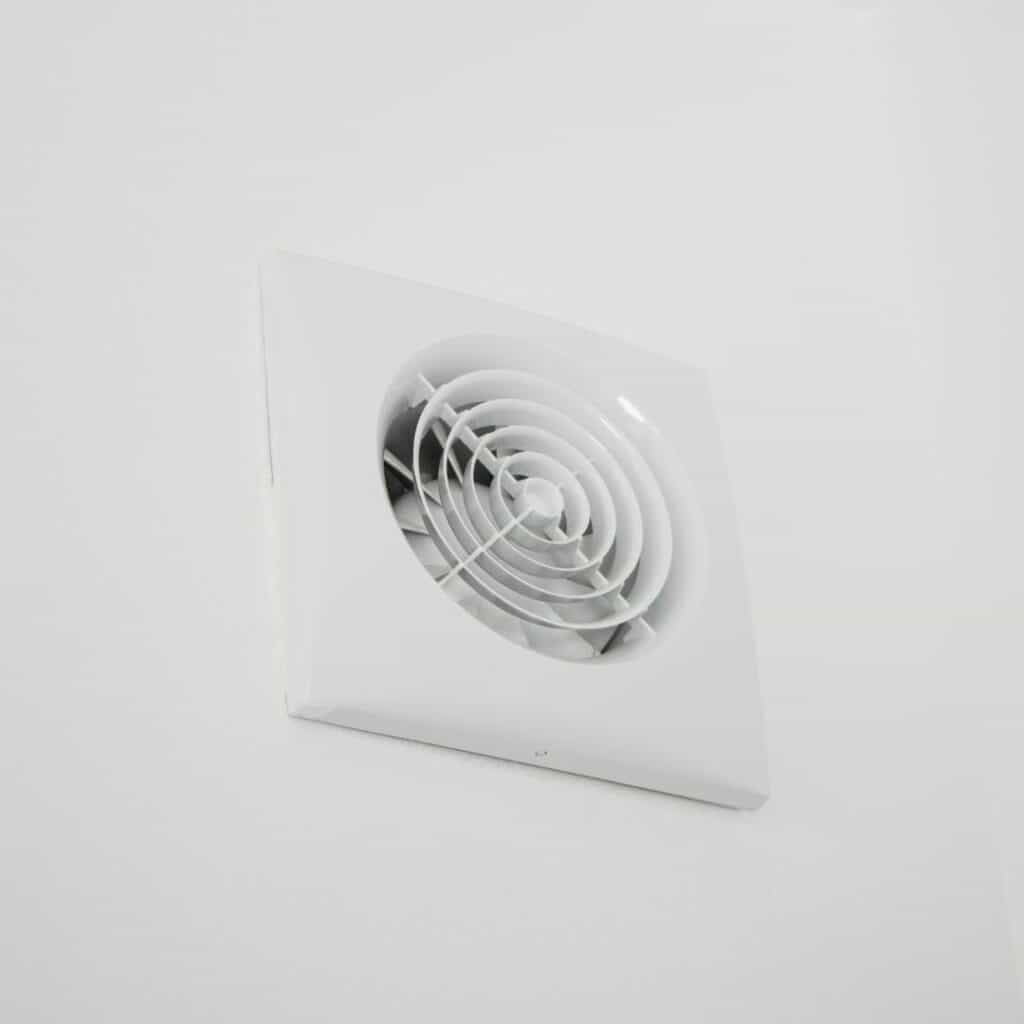
Exhaust Fans: Designed to extract hot and humid air, exhaust fans are a great way of ensuring air remains fresh within your grow room. However, they are more expensive and complex to set up and may not be suitable for smaller growing systems.
Do hydroponic systems smell?
Without proper care and attention hydroponic systems can end up smelling pretty bad. In a grow room with no windows and poor ventilation this problem can become especially pronounced. However, a well-run system shouldn’t turn into an algae filled-swamp. To prevent your system from stinking out your house, do the following:
- Minimise organic matter like excess nutrients and invasive algae growth
- Maintain microbial equilibrium in the system by using clean, sterilized water
- Only use nutrients specifically designed for hydroponics
- Oxygenate your water source
- Regularly clean and flush the system
In conclusion
It is entirely possible to grow plants hydroponically in a room without windows. In fact, it’s pretty common to do so. The most important factor is to ensure plants receive enough light to photosynthesize and grow. Light can be provided artificially from a variety of sources, but LEDs tend to offer the best combination of efficiency, cost and design flexibility. Ventilation is also important, and more challenging to get right for smaller-scale, amateur growers (like me). However, basic setups are better than nothing and a simple series of oscillating fans can provide enough airflow around plants to sustain them.
Now, I think it’s time to start getting my basement ready for my next hydroponics project.
